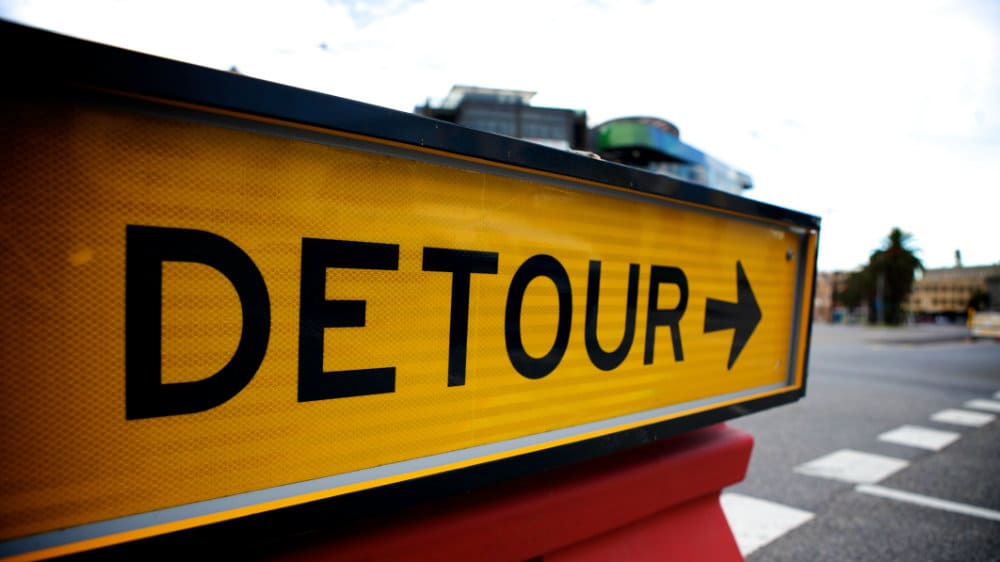The pace of investor returns from Camellia(LSE: CAM) has been slow. The share price rose around 25% over the last seven years, and the dividend increased by about 19%. The dividend yield sits just over 1.1%, so with little income, it’s hard to see much attraction in holding the shares when many other, better opportunities exist on the London stock market.
Tea dominates operations
The company operates in agriculture, engineering and food service. But trading profit from growing stuff such as tea, macadamias and avocados – the firm’s core crops – came in at £35.6m for the year, while the engineering division lost £2.6m and Food Service made £1.8m. Agriculture dominates the accounts, and despite the company growing lots of other stuff such as pistachios, wine grapes, almonds and pineapples, tea is the biggest operation.
Today’s full-year results show that revenue came in 16% higher than a year ago and profit before tax moved up 4%. The directors moved the total dividend 3.8% higher. But Camellia is one of those perennial stocks, with often-tempting showings on quality and value metrics, that never really goes anywhere much for investors. We get clues about why that might be in the language the firm uses to describe itself: “We see ourselves as custodians, holding our businesses in trust for future generations,” and “we recognise that people and businesses take time to establish and grow to their full potential and we are happy to wait for that to happen.” Then there is “profits are our lifeblood but not our soul.”
Beware of the opportunity cost of holding
Okay. The company ethos is laudable, and it will go a long way towards securing continuity of employment and income for the directors, employees, farmers and others that serve the business. The company’s responsible trading practices will be good for the environment and communities where operations take place. I don’t even think you’ll lose much money with an investment in Camellia. But I can see more potential for my money to work hard for me in other investments, so I’m avoiding Camellia and would rather take my chances on Saga’s (LSE: SAGA) turnaround and growth story.
Saga operates insurance, travel and other emerging businesses serving the over 50s, and during April the shares have been creeping back up after plunging around 40% following a profit warning in December. In this month’s full-year results report, chief executive Lance Batchelor explained that, although the market is challenging, Saga hit profit expectations that were rebased at the end of 2017. There was a “modest” increase in underlying profits and the firm is “highly” cash generative.
Undemanding valuation
In a sign of the directors’ faith in the immediate outlook and their long-term plans for growth, they pushed up the full-year dividend by almost 6%. Meanwhile, City analysts following Saga expect earnings to decline by 5% for the trading year to January 2019 and rise 2% the year after that.
Today’s share price around 131p throws up a forward price-to-earnings ratio of just under 10 for the year to January 2020 and the forward dividend yield is running around 7%. The stock looks cheap and I think it is attractive.








